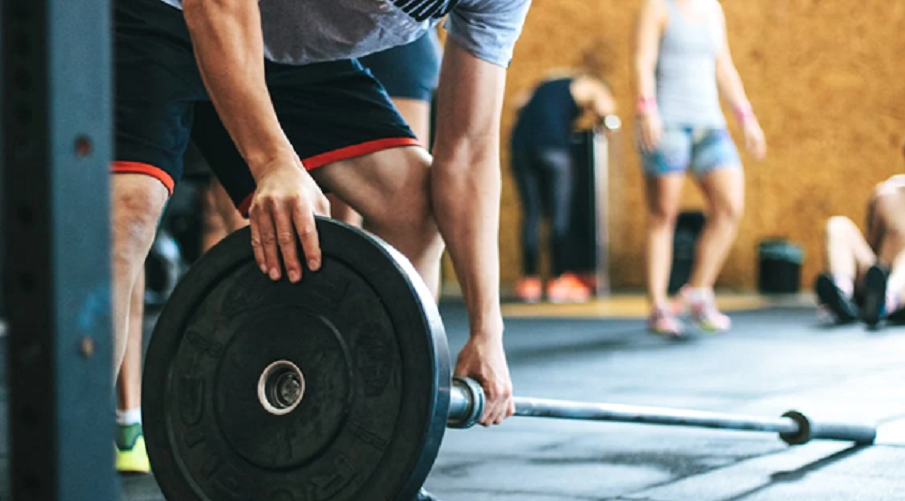Regarding bodybuilding, the spotlight often shines on the more prominent muscles like biceps, chest, and quads.
However, there’s a group of muscles that, despite their critical role in both aesthetics and function, often remain overlooked: the rear deltoids.
The rear delts are not just crucial for a well rounded and balanced upper body but also play a significant role in overall shoulder health and posture.
They are Located at the back of your shoulders.
The Overlooked Muscles: Understanding the Rear Delts
The rear deltoids are part of the shoulder muscles, comprising three distinct sections: the anterior (front), medial (middle), and posterior (rear) deltoids.
While the anterior and medial deltoids often receive more attention due to their more visible role in exercises like presses and raises, the rear delts are equally important.
They are involved in pulling movements and are essential for shoulder stability and balance.
Exercises like pull ups work the rear delts, but they are not often recognized for this contribution.
This lack of awareness can lead to an imbalance in the development of shoulder muscles, which can not only detract from the aesthetic appeal but also increase the risk of injuries.
The Role of Rear Delts in Bodybuilding:

Aesthetic Balance and Symmetry
In bodybuilding, symmetry and balance are crucial.
A well developed set of rear delts adds depth and definition to the back, contributing to the much coveted ‘V taper‘ look.
It complements the front and side delts, creating a 3D shoulder appearance that is highly prized on the bodybuilding stage.
Injury Prevention and Posture
Strong rear delts are crucial in maintaining proper shoulder alignment and posture.
They counteract the common lifestyle and training imbalances caused by excessive focus on front dominant exercises like bench presses and push ups.
By strengthening the rear delts, you can reduce the risk of shoulder injuries and improve your overall posture, leading to better long term health and performance in and out of the gym.
Incorporating Rear Delt Training into Your Routine:
Exercise Selection
Effective training of the rear delts requires specific exercises that target this muscle group.
Some of the most effective rear delt exercises include reverse flyes, face pulls, and bent over lateral raises.
These movements involve horizontal abduction and external rotation, which isolate and activate the rear delts effectively.
Training Frequency and Intensity
Due to their resilience and smaller size, the rear deltoids offer a unique advantage in terms of training frequency. Unlike larger muscle groups that often require more recovery time, the rear delts can be trained more frequently, which is crucial for their growth and development.
Integrating rear delt exercises into your regular shoulder workouts or as part of your back training regime is effective.
Aiming for at least two rear delt-specific exercises per week is a good starting point, but you can increase this frequency as your body adapts and grows stronger.
When it comes to intensity, it’s essential to strike a balance.
The rear delts respond well to various intensities, from light, high rep sets focusing on muscle endurance and toning to heavier, lower rep sets aiming for muscle growth and strength.
It’s also beneficial to incorporate a mix of compound and isolation exercises.
Compound movements like rows or pull ups indirectly engage the rear delts, while isolation exercises like reverse flyes and face pulls target them more directly.
Progressive Overload and Variation
Progressive overload is fundamental in muscle development, and the rear delts are no exception.
Gradually increasing the weight is a straightforward approach, but there are other methods to consider.
Varying the rep range, for instance, can stimulate different types of muscle fibers and spur growth.
High rep sets (e.g., 12 to15 reps) are excellent for building muscular endurance, while lower rep sets (e.g., 6 to 8 reps) with heavier weights can enhance strength and muscle size.
Another aspect of progressive overload is modifying the exercises themselves.
This can mean altering the angle of execution (like performing bent over lateral raises at different inclinations), changing the grip (using dumbbells, cables, or machines), or even adjusting the tempo of the exercise (slowing down the movement to increase time under tension).
What You Should Remember?
Exercise is not just healthy for your mind and body, it’s also about building strength and a nice looking body.
However, a lot of people train just the most visible muscle groups.
They neglect certain muscle groups that are important for greater strength and a nice physique.
The rear deltoids are a crucial but often neglected muscle group in bodybuilding.
Their development is essential not just for aesthetic balance and symmetry but also for shoulder health and functionality.
You can develop strong, well rounded shoulders by incorporating targeted exercises, ensuring proper training frequency, and applying progressive overload.
Remember, every muscle counts in pursuing your ideal physique, and the rear delts are no exception.
Paying attention to these overlooked muscles can make a significant difference in your bodybuilding journey.
